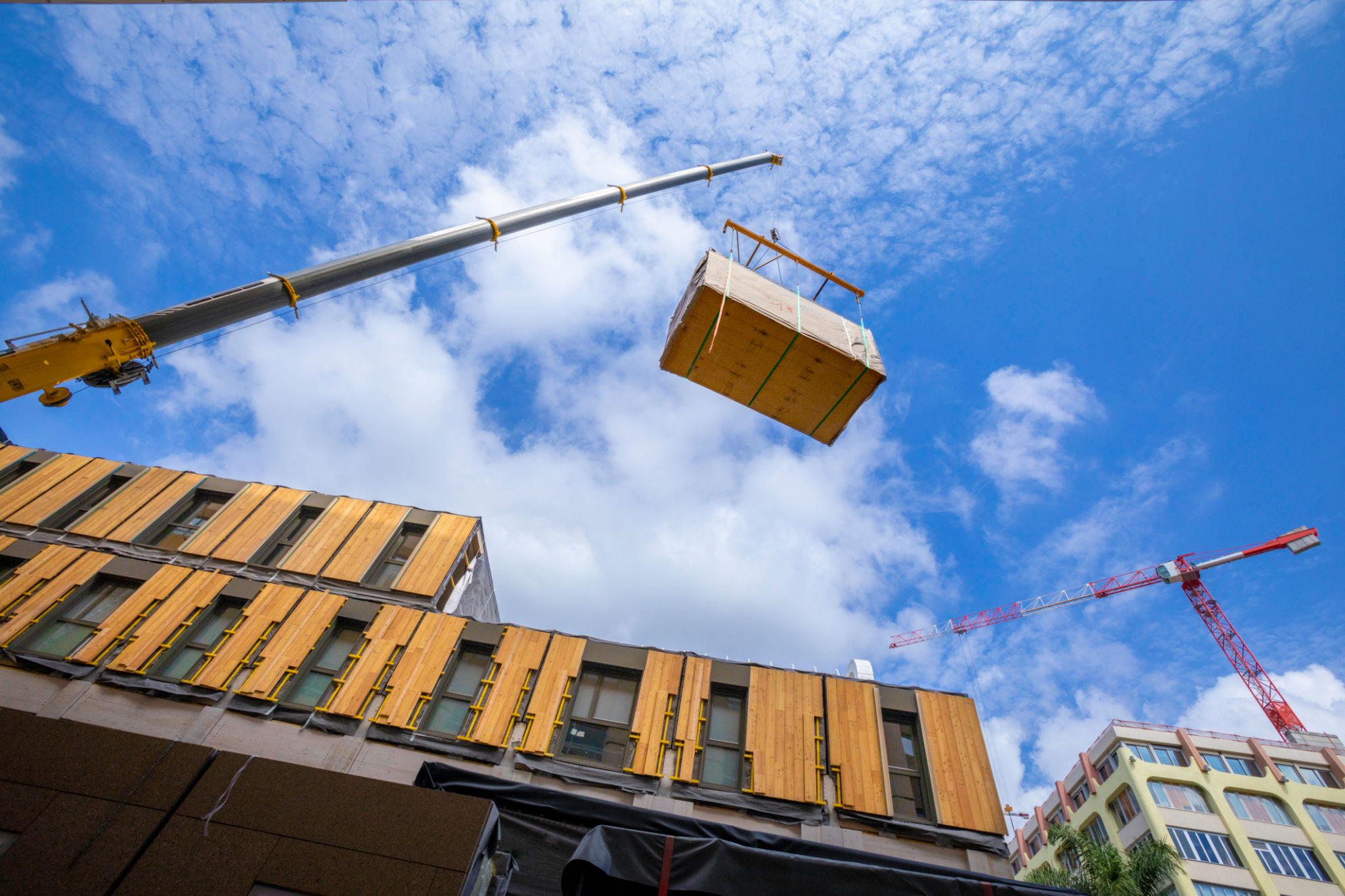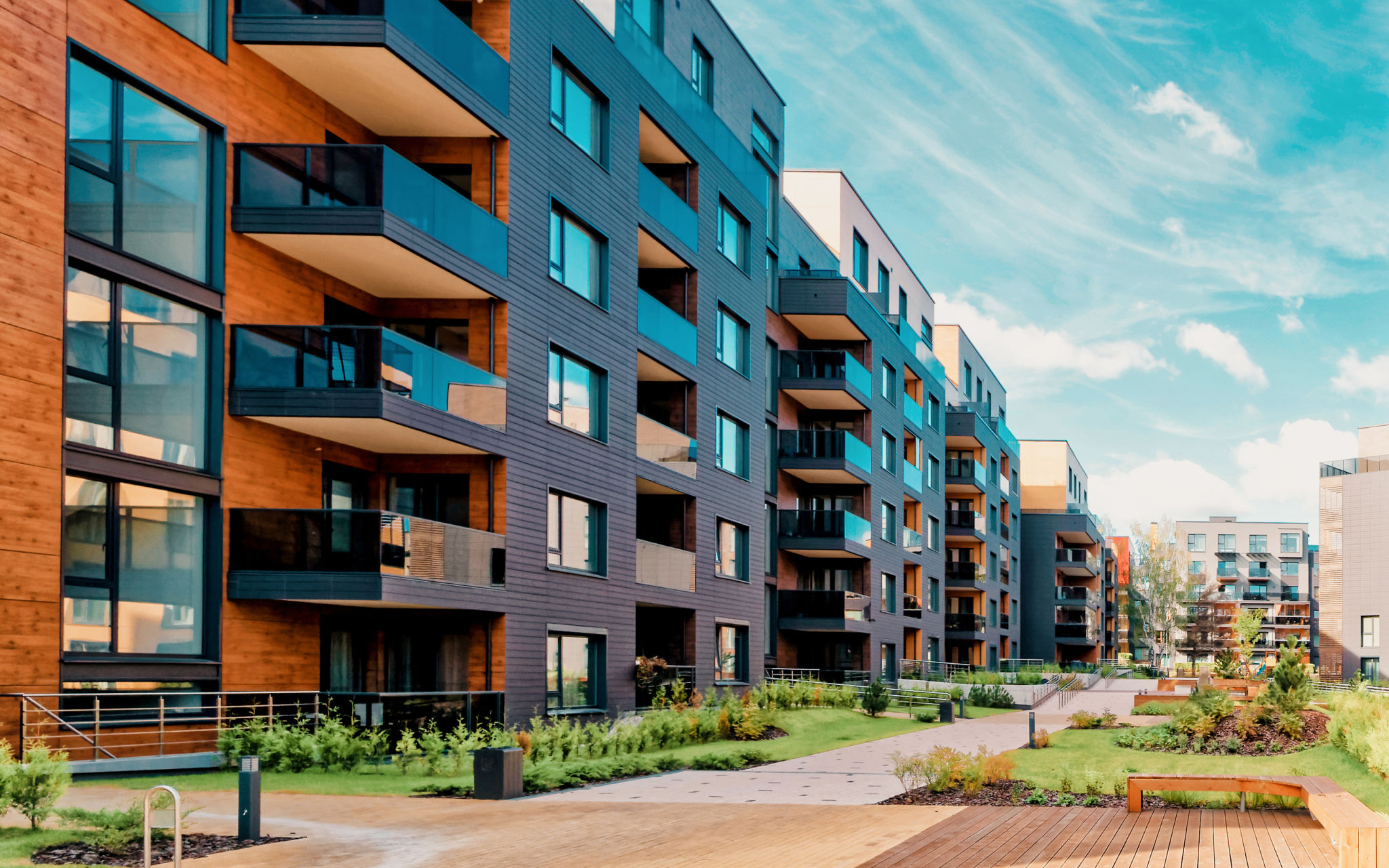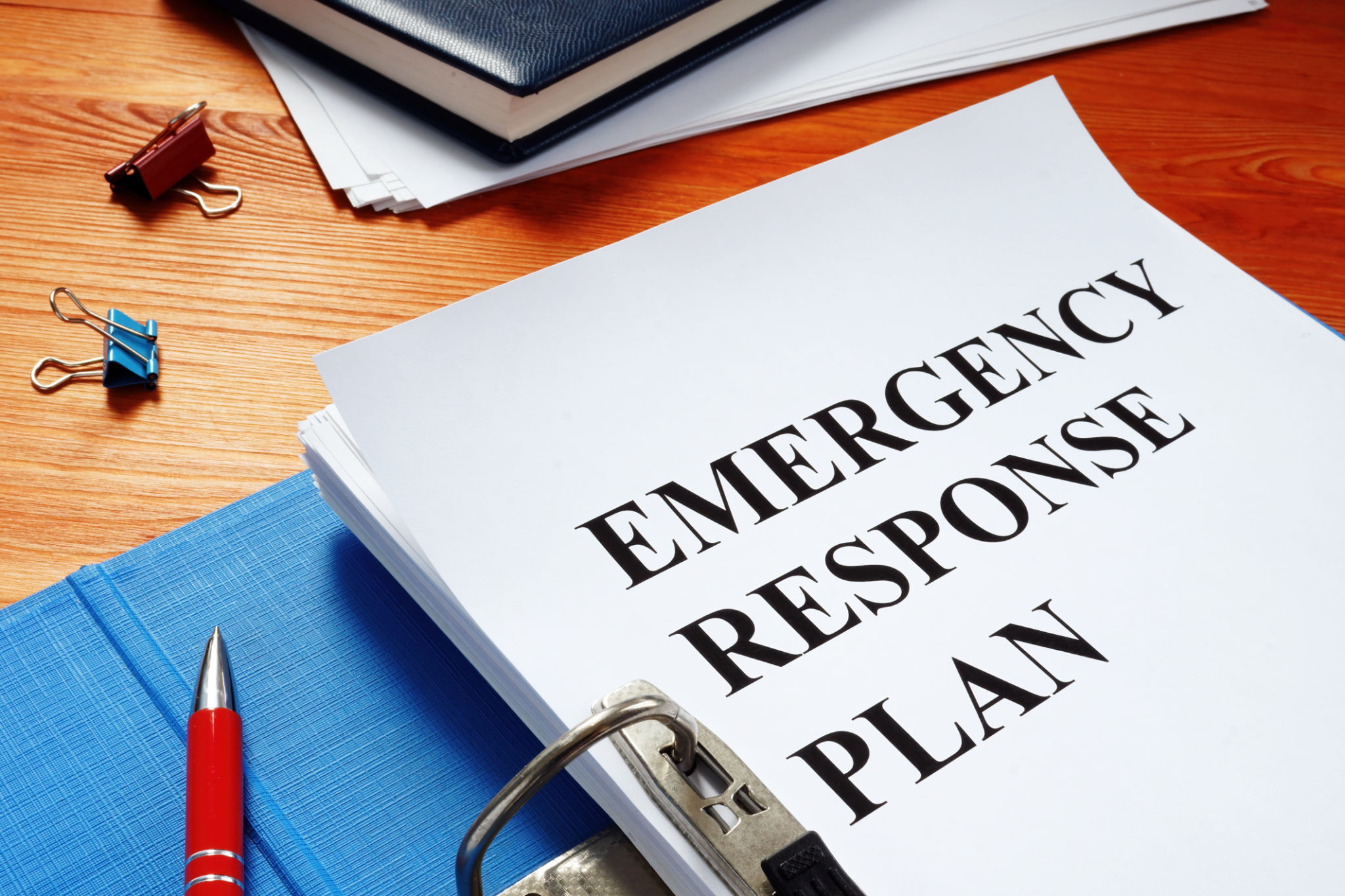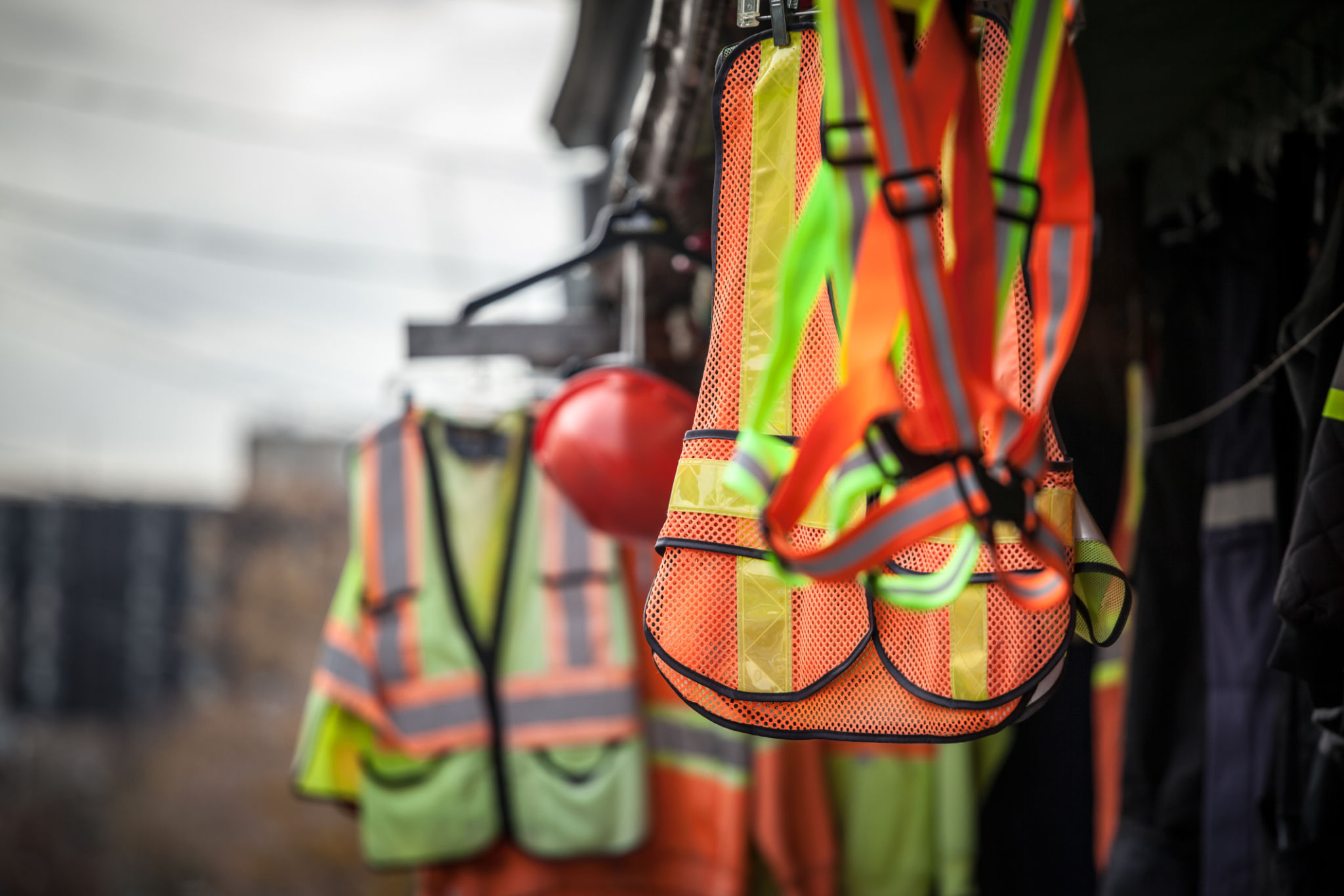Top Construction Trends in New Zealand: What to Expect
Innovative Building Materials
New Zealand's construction industry is embracing a wave of innovation, particularly in the realm of building materials. As sustainability becomes a cornerstone of modern construction practices, materials such as cross-laminated timber (CLT) and sustainable concrete are gaining traction. These materials not only reduce the carbon footprint but also enhance the overall durability and aesthetic appeal of structures.
Cross-laminated timber is particularly popular due to its strength and versatility, making it an ideal choice for both residential and commercial buildings. Additionally, the use of recycled materials in construction is becoming increasingly common, further contributing to environmental preservation.

Smart Technology Integration
The integration of smart technology in construction is rapidly transforming how buildings are designed, constructed, and managed. In New Zealand, this trend is evident in the growing use of Building Information Modeling (BIM) and other digital tools that streamline project management and enhance collaboration among stakeholders.
Smart buildings equipped with IoT devices offer enhanced energy efficiency and improved occupant comfort. These technologies enable real-time monitoring and control of various building systems, leading to more sustainable and efficient operations.

Focus on Sustainability
Sustainability is at the forefront of New Zealand's construction trends. The industry is shifting towards eco-friendly practices to minimize environmental impact. This includes adopting green building standards, such as the New Zealand Green Building Council’s Green Star rating system, which encourages sustainable design and construction.
There is also an increased emphasis on energy-efficient building designs that incorporate renewable energy sources like solar panels. These innovations not only reduce operational costs but also contribute to New Zealand's commitment to reducing greenhouse gas emissions.

Prefabrication and Modular Construction
Prefabrication and modular construction methods are revolutionizing the way buildings are constructed in New Zealand. These techniques involve assembling building components off-site and transporting them to the construction site for installation. This approach offers several advantages, including reduced construction time, lower costs, and improved quality control.
Modular construction is particularly beneficial in addressing housing shortages, as it allows for quicker completion of residential projects. The flexibility and scalability of these methods make them ideal for a wide range of applications.

Urbanization and Infrastructure Development
As urbanization continues to rise, New Zealand's construction industry is focusing on developing infrastructure that supports growing urban populations. This includes expanding transportation networks, enhancing public amenities, and creating sustainable urban spaces.
Large-scale infrastructure projects are being planned and executed to improve connectivity and support economic growth. These projects not only boost the construction industry but also provide a foundation for future development.

Resilience Against Natural Disasters
New Zealand's unique geographical location makes it susceptible to natural disasters such as earthquakes and floods. As a result, the construction industry is prioritizing resilience in building designs. This involves using advanced engineering techniques and materials that can withstand extreme weather conditions and seismic activity.
Building codes and regulations are continually evolving to incorporate best practices in disaster resilience, ensuring that structures are safe and secure for occupants.

Emphasis on Health and Safety
The health and safety of workers and occupants are paramount in the New Zealand construction industry. There is a strong emphasis on creating safe work environments through stringent safety protocols and training programs. Advances in technology, such as wearable safety devices and drones for site inspections, are enhancing safety measures on construction sites.
Moreover, indoor air quality and occupant well-being are gaining attention in building designs. This involves using non-toxic materials and incorporating ventilation systems that promote a healthy indoor environment.

